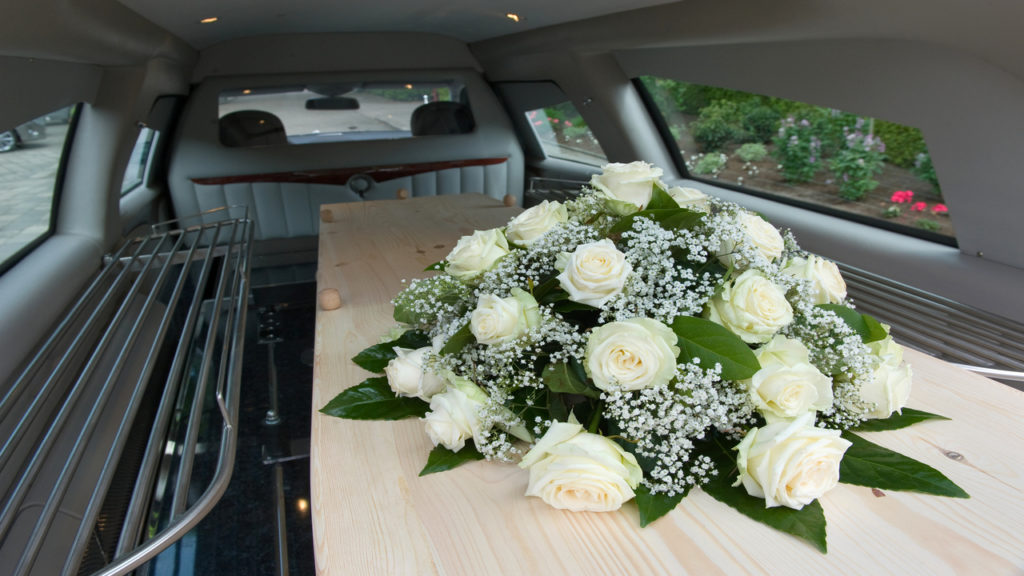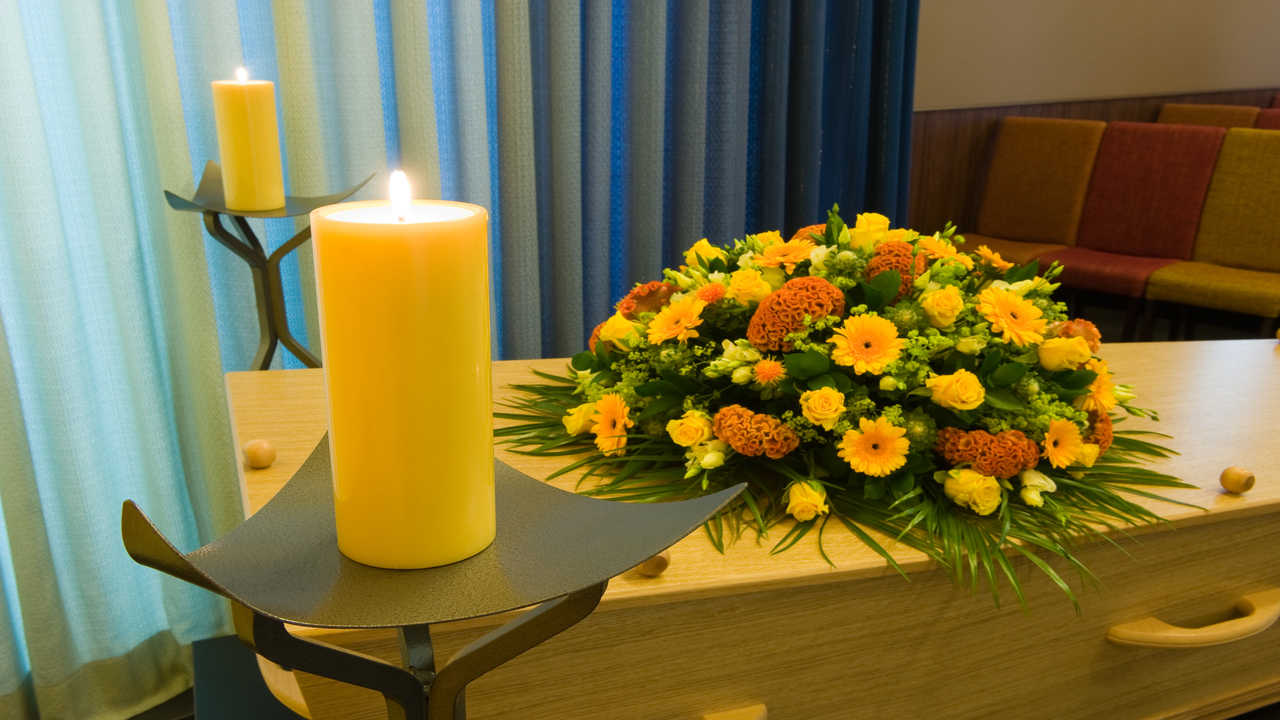It is strange but true, cardboard caskets are now a new alternative to traditional coffins. After nearly 30 years of acceptance in Northern European countries, their popularity is now on the rise in the USA also.
Following a recent post on What Is the Most Environmentally Friendly Funeral, we will now have a look at the advantages and disadvantages of cardboard casket.
Advantages of Cardboard casket:
Environmentally friendly manufacturing
The manufacturing of cardboard caskets is much simpler than that of wooden caskets. It is also more ecological:
– The different elements of the box are assembled by folding and gluing.
– These elements are made of recycled cardboard.
– For the assembly, the glues used are made from corn and potato starch and are totally biodegradable.
Good to know: it is entirely possible to assemble a cardboard casket yourself. These can be delivered in pieces, with instructions. No additional tools are required.
A unique casket
Cardboard caskets have the advantage of being customizable. It is indeed possible to:
– choose motives, drawings, paintings, or inscriptions to decorate the outside of the coffin;
– improve the interior by adding cushions or fleece.
Attention: the law imposes characteristics of resistance, waterproofing, the biodegradability of the casket when it is intended for burial.
Cardboard casket: light and solid

A cardboard casket weighs three times less than a wooden casket:
– Its weight is about 10 kilos, compared to the traditional 50 kilos.
– However, depending on the model, a cardboard casket can withstand loads of 130 to 200 kilos.
Competitive prices
These new caskets cost about 5 times less than traditional caskets:
– The initial prices start at $100.
– The average price is $300.
– Quality and personalized cardboard casket can cost up to $600.
– Solid wood caskets, on the other hand, are sold at prices ranging from $800 to $3,000!
Cardboard casket: an ecological solution
Greener materials
To make a cardboard casket, biodegradable recycled cardboard and non-polluting glues are used. This allows us to respect the environment, whatever the method of burial chosen:
– In case of burial:
◦ The bio-degradation of the casket takes only one year, whereas that of a wooden casket can last up to 10 or 15 years.
◦ The amount of wood used to make a cardboard casket is divided by 8 compared to a traditional casket.
– In the case of cremation (when burned), a cardboard casket contains fewer toxic substances than a traditional casket:
◦ no fluorine ;
◦ low in nitrogen oxide ;
◦ no emanation of heavy metals.
All in all, making cardboard caskets would save:
– thousands of km² of a forest;
– millions of healthy trees;
– millions of cubic meters of water;
– millions of liters of fuel oil.
Cardboard coffins: limits
Despite the approval of the Ministry of the Interior, cardboard caskets are prohibited in some crematoria:
– As these caskets do not participate in their own combustion, it is necessary to inject gas to complete it. It is then more polluting. The consumption necessary to burn a cardboard coffin is thus higher than that necessary to burn a wooden coffin (10 kW more).
– Once incinerated, cardboard caskets emit as much dust as a wooden casket.
Please note: if cardboard caskets comply with the standards, crematoriums are required to accept them.
Good to know: in Scandinavia, coffins made from papier-mâché are currently being tested. They could be another environmentally friendly alternative to traditional wooden coffins.
Hoping that this post has given you a complete vision to understand the subject and the essential information to make the right choices.

One thought on “Advantages and Limitations of Cardboard Caskets”